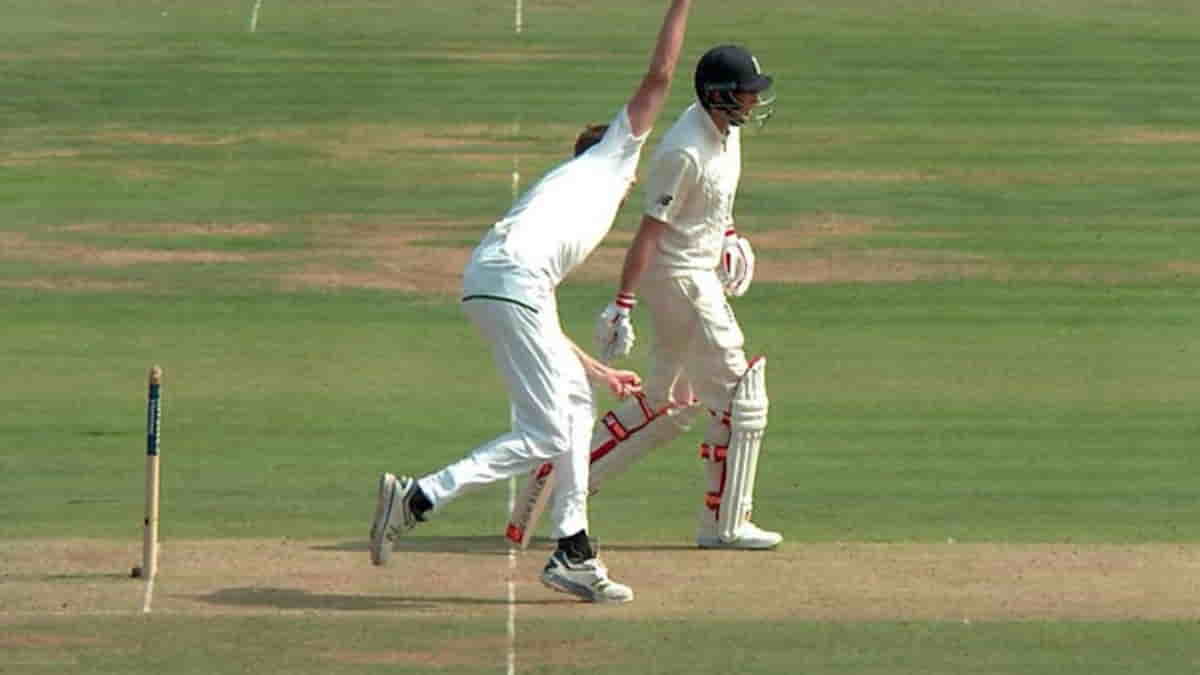 Source: PTI
Source: PTI
In the sport of cricket, an illegal delivery refers to a bowler’s action that violates the rules and regulations set by the International Cricket Council (ICC). These rules are in place to ensure fair play and maintain the integrity of the game. When a bowler delivers an illegal delivery, penalties are imposed on the bowling team, and the batting team may be awarded runs or other advantages.
Here are some common examples of illegal deliveries in cricket:
- No-Ball: This is the most common type of illegal delivery. A no-ball occurs when a bowler oversteps the popping crease at the time of delivering the ball. If the umpire deems the delivery to be a no-ball, one run is awarded to the batting team, and the ball is considered a free hit for the next delivery, meaning the batsman cannot be dismissed except in specific circumstances.
- Foot Fault: If a bowler fails to keep any part of their front foot behind the popping crease during the delivery stride, it is considered a foot fault, and the delivery is called a no-ball.
- High Full Toss: If the ball is delivered above waist height (above the shoulder of the striker) without bouncing, it is considered a dangerous and unfair delivery, known as a beamer. A beamer is always considered a no-ball, and depending on the intent, the bowler may receive additional penalties or be suspended from bowling in the innings.
- Throw or Chuck: If the umpire believes that a bowler straightens their arm while delivering the ball, it is deemed a throwing action or a chuck, which is against the rules. The degree of elbow extension allowed varies between different cricket formats and is subject to the ICC regulations.
- Time Wasting: Bowlers are expected to deliver the ball within a reasonable time frame. If a bowler delays the game excessively or deliberately wastes time, the umpire may penalize the bowling team with penalty runs.
- Intentional Deception: If a bowler deliberately changes their bowling arm or bowling action to deceive the batsman, it is considered unfair play and against the spirit of the game. The umpire may intervene and take appropriate action, which can include awarding penalty runs to the batting team.
It’s important to note that the interpretation and enforcement of these rules may vary slightly in different cricket formats and competitions. The umpires on the field are responsible for making decisions regarding illegal deliveries and enforcing the rules.
Also Read: Is BCCI’s IPL Focus Affecting India’s Test Cricket? (cricfiles.com)
“Get more breaking news, cricket updates, fixtures, and trending news only on cricfiles.com. Follow us on Facebook or Twitter and Subscribe to our YouTube Channel today.”



